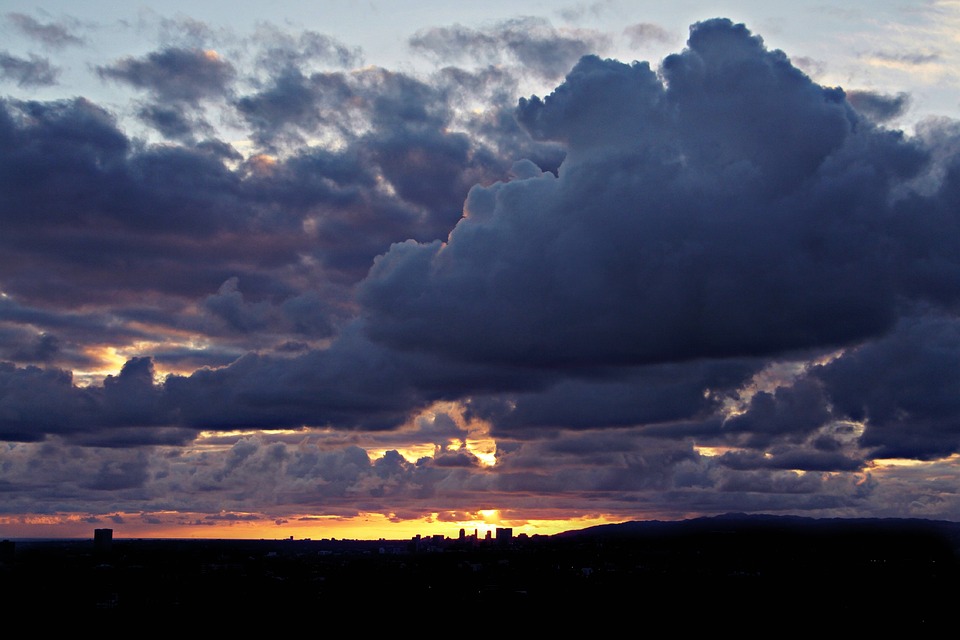What Animals Are Being Affected By Climate Change?
#
Introduction
Climate change is a pressing global issue that impacts ecosystems, weather patterns, and biodiversity. As temperatures rise and weather becomes more unpredictable, numerous animal species face significant threats to their survival. This blog will explore various animal groups affected by climate change, highlighting the specific challenges they encounter.
#
Section 1: Understanding Climate Change and Its Effects on Wildlife
Climate change refers to long-term alterations in temperature and typical weather patterns in a place. The primary causes include:
– Greenhouse Gas Emissions: Increased levels of carbon dioxide and other greenhouse gases from human activities.
– Deforestation: Loss of forests that absorb CO2, contributing to higher atmospheric levels.
The effects on wildlife are profound, disrupting ecosystems and food chains. Changes in habitat availability, food sources, and reproductive patterns are becoming increasingly common as species struggle to adapt to these rapid changes.
#
Section 2: Polar Animals
Polar regions are particularly vulnerable to climate change, with significant impacts observed in species such as polar bears and seals.
– Polar Bears:
– Loss of Sea Ice Habitat: Polar bears rely on sea ice for hunting seals, their primary food source. As sea ice diminishes due to warming temperatures, their ability to hunt is severely compromised.
– Changes in Hunting and Breeding Patterns: The melting ice forces polar bears to swim longer distances for food, leading to increased energy expenditure and malnutrition[4][15].
– Arctic Birds and Fish:
– Changes in migratory patterns are evident as warmer temperatures alter breeding grounds and food availability.
#
Section 3: Marine Life
Marine ecosystems are also suffering due to climate change, particularly coral reefs.
– Coral Reefs:
– Coral Bleaching: Rising ocean temperatures cause stress to corals, leading to bleaching events where corals expel the algae they rely on for survival. This significantly reduces marine biodiversity as many species depend on coral reefs[7][9].
– Ocean Acidification:
– Increased CO2 levels lead to higher acidity in oceans, affecting shellfish and other marine organisms that rely on calcium carbonate for their shells. This poses a threat to entire marine food webs[9].
#
Section 4: Terrestrial Animals
Terrestrial wildlife is not immune to the effects of climate change.
– Large Mammals:
– Species like elephants and rhinos face habitat loss due to changing climates that affect vegetation growth and water availability.
– Amphibians and Reptiles:
– These species are particularly sensitive to temperature changes, which can lead to increased vulnerability to diseases and altered reproductive cycles[13].
#
Section 5: Birds and Insects
Birds and insects experience significant shifts due to climate change.
– Bird Migration Patterns:
– Many bird species are altering their migration routes and timings as seasonal changes occur more rapidly than their biological cycles can adapt[1].
– Pollinators:
– Bees and butterflies are crucial for plant reproduction but face threats from changing flowering times that disrupt their life cycles. The decline of these pollinators can have cascading effects on food production[2][14].
#
Section 6: Conservation Efforts and Strategies
Addressing the impacts of climate change on wildlife requires concerted conservation efforts:
– Habitat Restoration: Protecting existing habitats and restoring degraded areas is crucial for species survival.
– Wildlife Corridors: Establishing corridors allows animals to migrate safely between habitats as they seek more suitable environments due to changing climates[11][12].
– Community Involvement: Local communities can play a role in conservation by participating in habitat protection initiatives and reducing carbon footprints through sustainable practices.
#
FAQs
1. How does climate change specifically affect polar bears?
2. What are the signs of coral bleaching in marine ecosystems?
3. Which bird species are most at risk due to climate change?
4. How do rising temperatures impact amphibians and reptiles?
5. What actions are being taken to help endangered species affected by climate change?
6. How can individuals contribute to wildlife conservation efforts?
7. What is the role of zoos and aquariums in addressing climate change impacts on animals?
#
Conclusion
The impacts of climate change on wildlife are extensive and alarming. From polar bears struggling for survival due to melting ice caps to coral reefs facing bleaching events, it is clear that urgent action is needed. Protecting vulnerable animal species requires global cooperation and local initiatives aimed at reducing emissions, restoring habitats, and fostering biodiversity resilience. Addressing climate change is not just an environmental issue; it is essential for preserving the planet’s rich tapestry of life for future generations.

Kyle Whyte is a notable scholar and professor at the University of Michigan, holding positions such as the George Willis Pack Professor in the School for Environment and Sustainability and Professor of Philosophy. Specializing in environmental justice, his work critically examines climate policy and Indigenous peoples’ ethics, emphasizing the nexus between cooperative scientific endeavors and Indigenous justice. As an enrolled Citizen Potawatomi Nation member, he brings a vital perspective to his roles as a U.S. Science Envoy and member of the White House Environmental Justice Advisory Council. His influential research is supported by various prestigious organizations including the National Science Foundation, and disseminated through publications in high-impact journals. Kyle actively contributes to global Indigenous research methodologies and education, with affiliations to numerous institutes and societies dedicated to traditional knowledge and sustainability. Recognized for his academic and community engagement, Kyle has earned multiple awards and served in various visiting professorships. His efforts extend to leadership positions on boards and committees focused on environmental justice nationwide.
